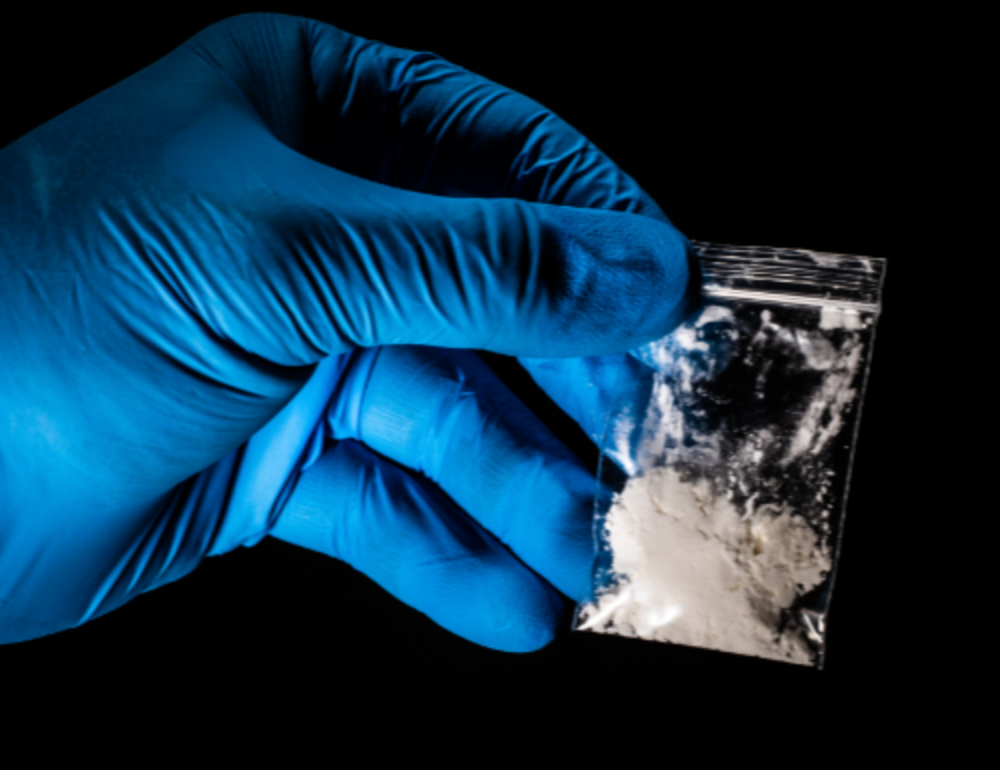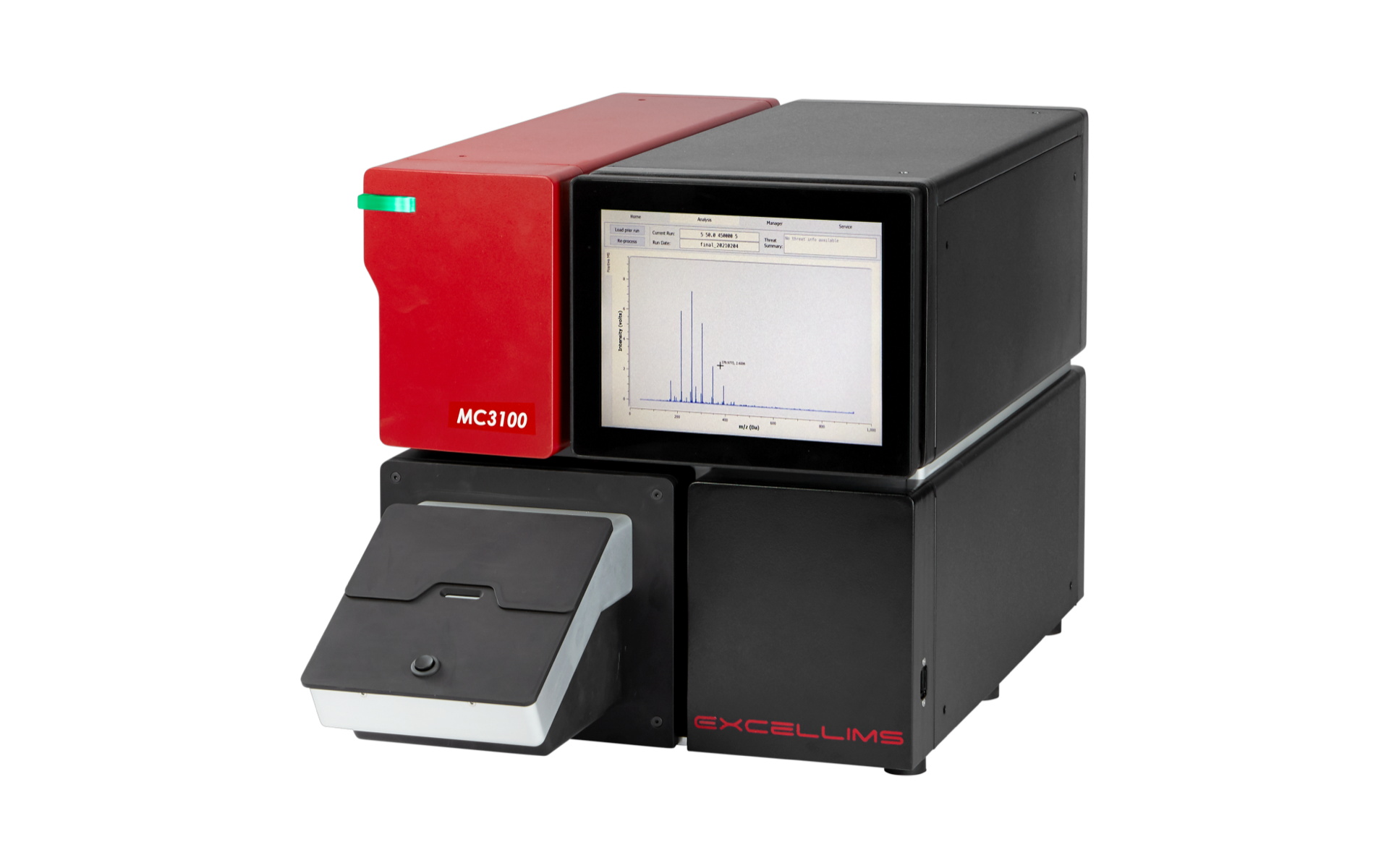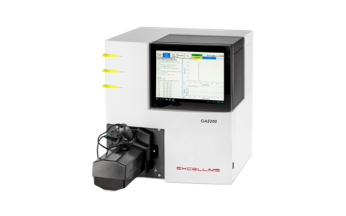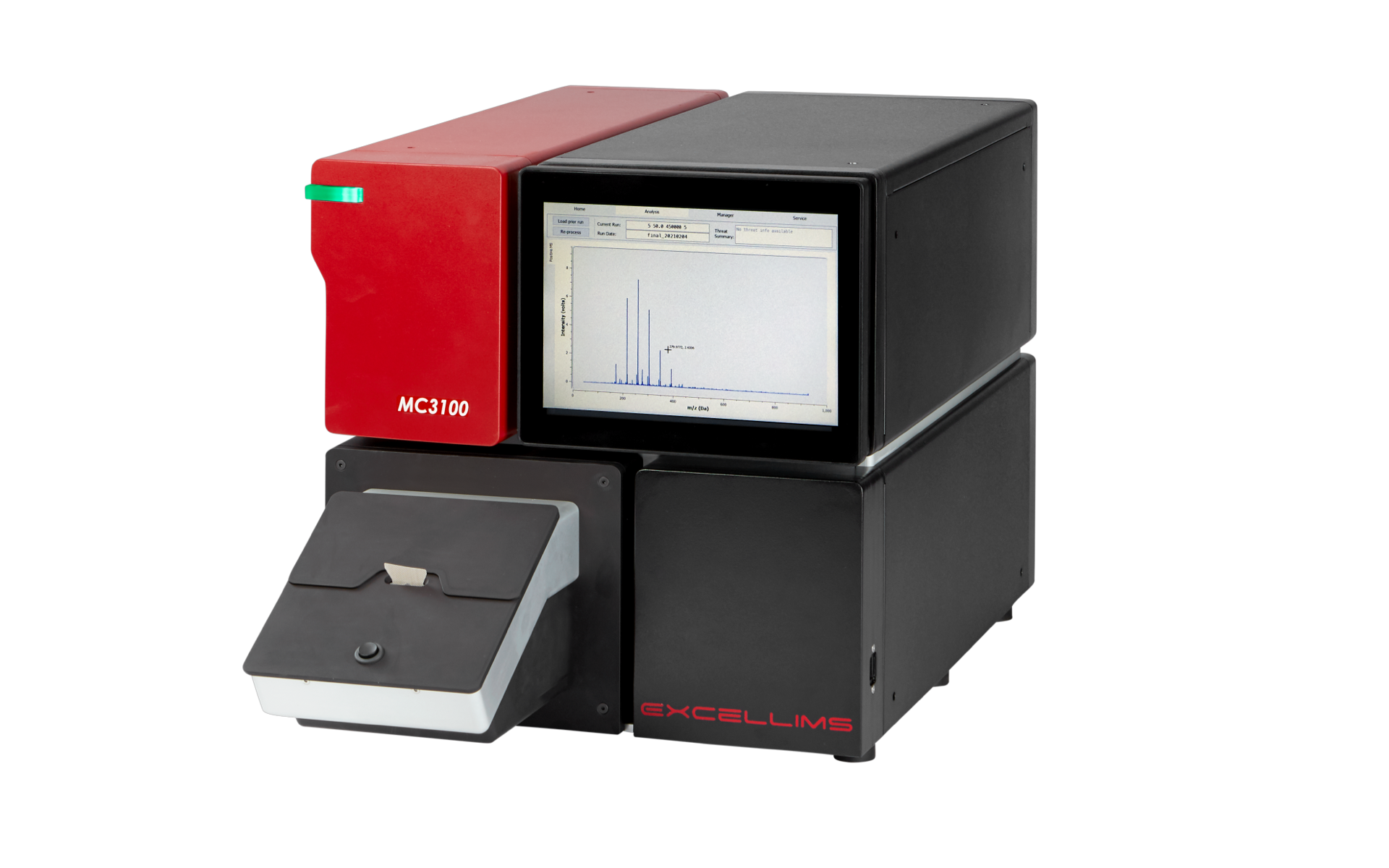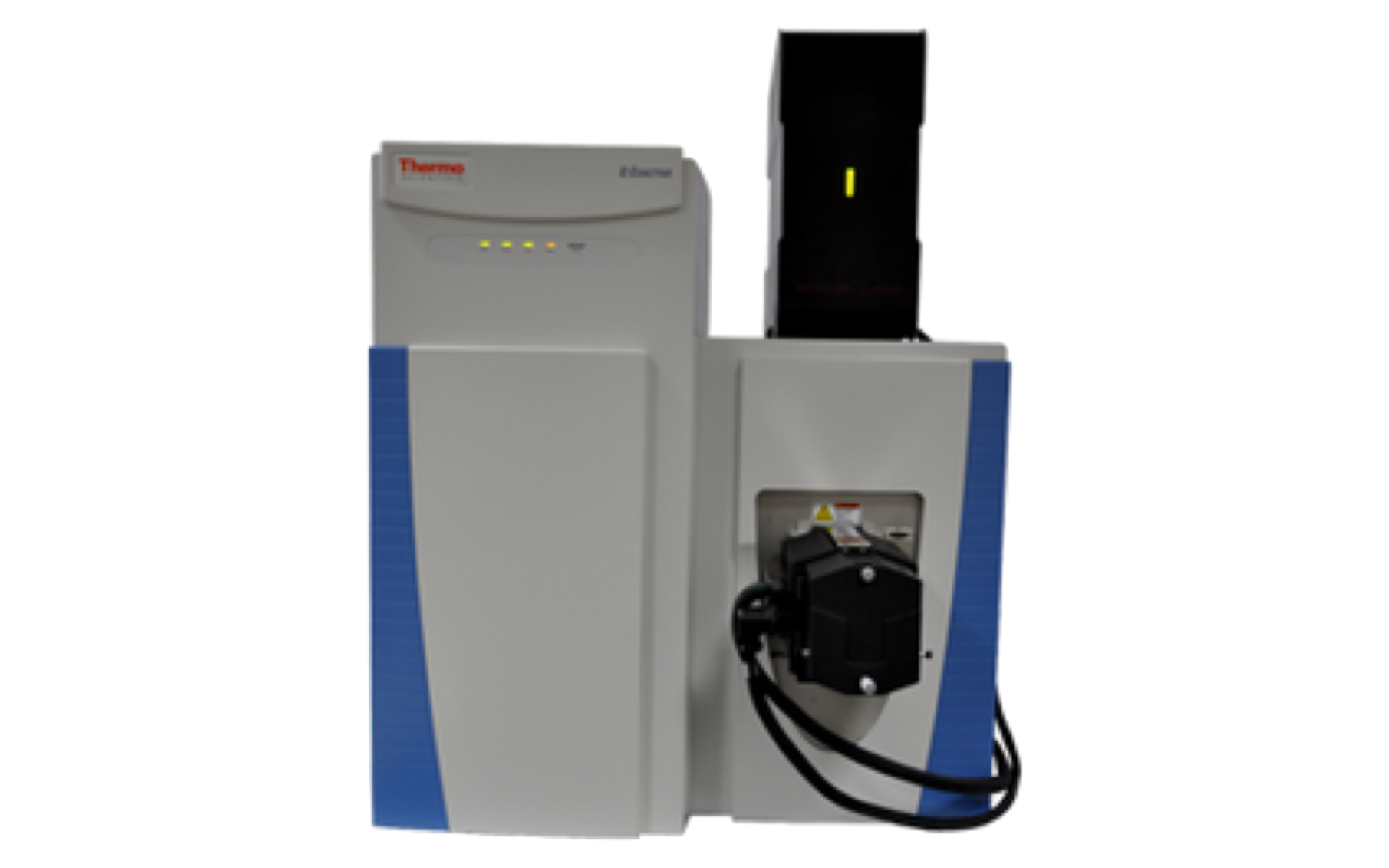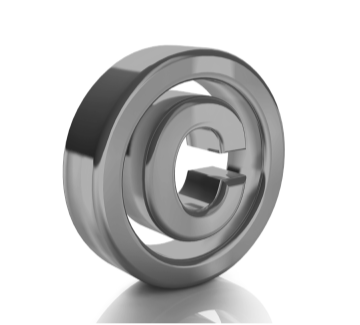How to detect contamination and adulteration in food and drugs
Technology for Food and Drug Safety Testing
Standard analytical techniques like gas/liquid chromatography and mass spectrometry have been used for drug and food contamination detection. These techniques are lab-based, time consuming and expensive and all require pre-concentration of the sample. Therefore, on-line or on-site measurements with these techniques are challenging to deploy.
Quality control and formulation development usually involve quantification of components. Many of these, such as amino acids or sugars, are difficult to detect by common LC methods and usually require speciality columns and methods with long run times.
A fast and sensitive technique such as high performance ion mobility spectrometry that enables at-line and on-site detection of the relevant volatiles and non-volatile chemicals is a powerful tool in the field of food and drug quality and safety control.
Download our brochure 
HPIMS for Food and Drug Contamination Detection
HPIMS provides trustworthy results, fast.
A robust, sensitive, and fieldable method, high performance ion mobility spectrometry is ideal for the detection of counterfeit drugs and contaminated food.
On-site inspection of food and drug products is critical for consumer safety. Frequent testing at a manufacturing facility ensures that the products being made are viable, and inspection of products as they enter ports or supermarkets is critical for public safety. Illegal dyes, sweeteners, or other dangerous additives must be tested for as quickly as possible, often in locations outside of a laboratory setting.
HPIMS has been long established in the security industry because it is fast, robust, and transportable. These same qualities make it advantageous for on-site inspection of food and drugs. Our compact analyzers can be wheeled around a facility on a cart or used in a mobile lab for on-site screening. Analyses can be completed in under one minute by direct sample injection from a syringe into the Directspray source or off of a swab into the thermal desorber.
Batches must be regularly tested to make sure that they are not contaminated or counterfeit, and this can involve a very high volume of samples. By setting up an HPIMS system with an autosampler in a lab, a high volume of samples can be run over a short time period.
With Excellims’ HPIMS you can:
- Identify problems as soon as they occur:
- Quickly identify if there are contaminants present without needing to send samples to a lab.
- Answers where you need them:
- HPIMS is ideal for on-site use or in a mobile lab. A user-created library feature allows for automated screening of common contaminants. Whether it be illegal dyes or a known carcinogenic by-product of production, HPIMS can reliably detect compounds that are dangerous for public health.
- GMP compliant
- No compromise between performance and speed
Watch this video:
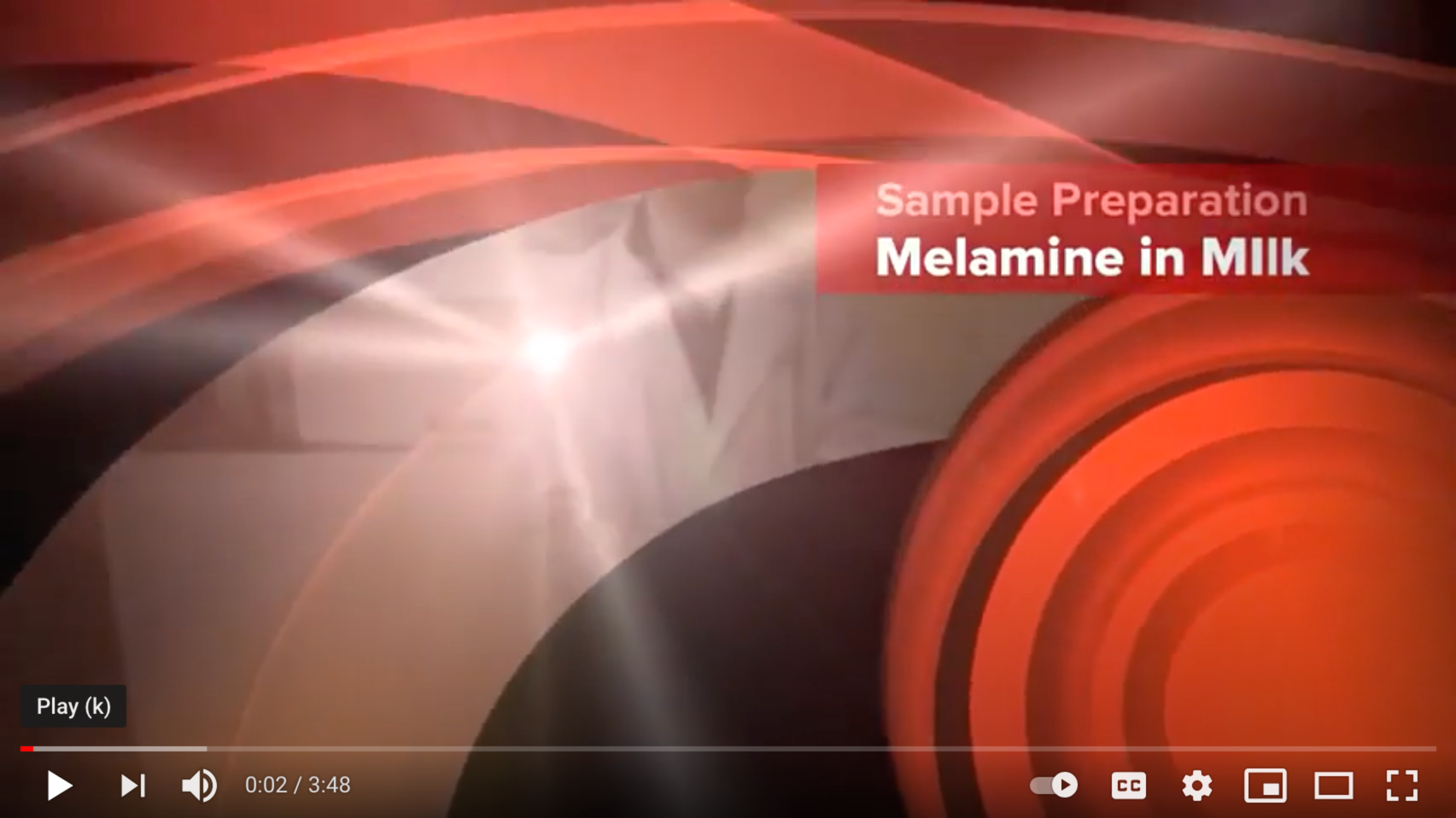
https://youtu.be/EqgQLmA1YQ4
